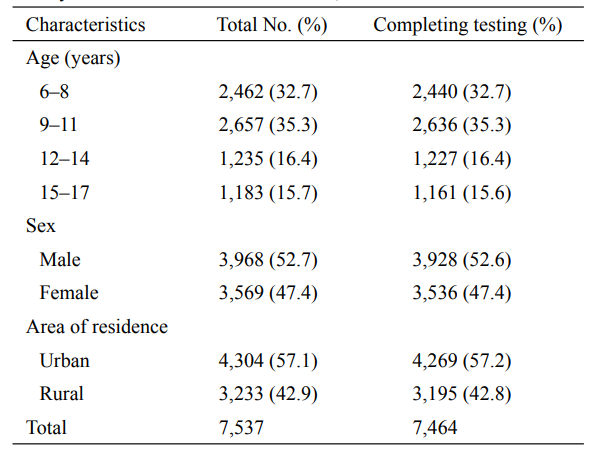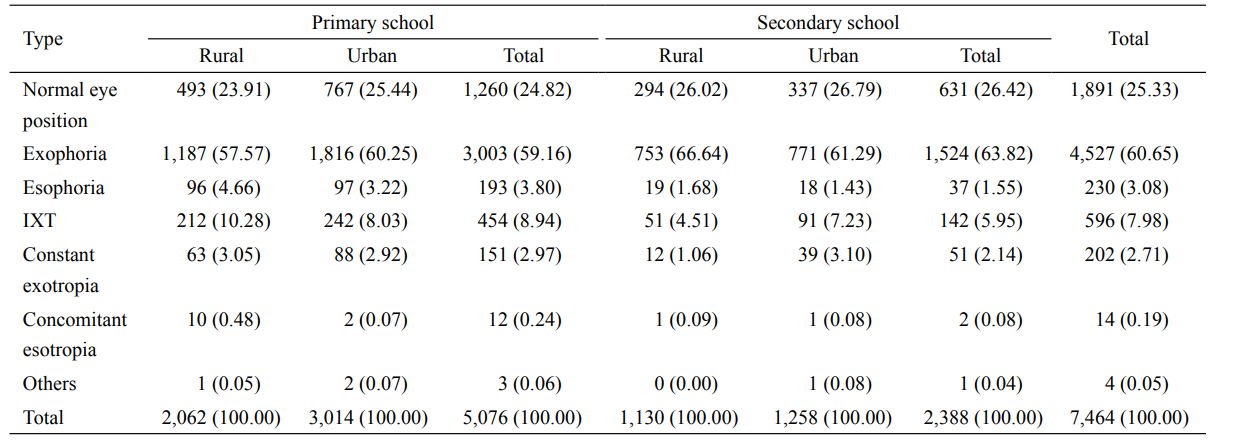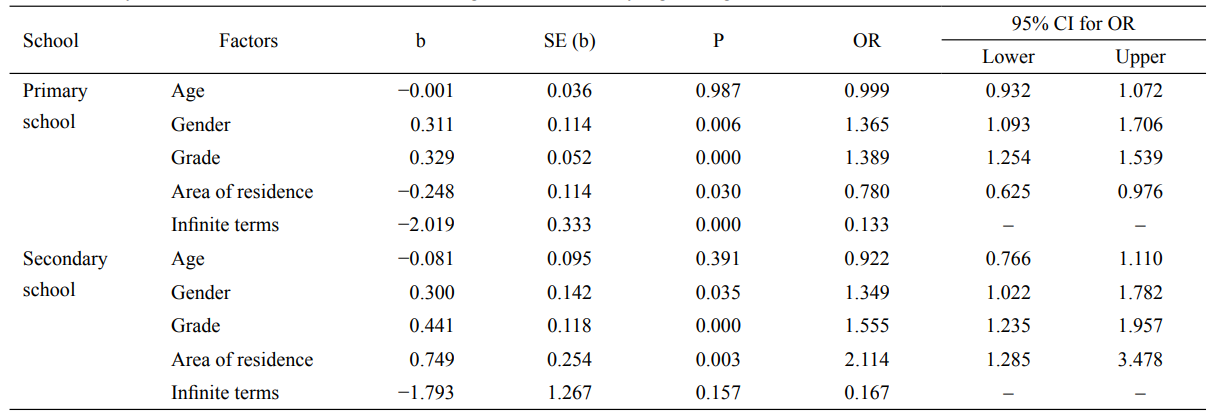1、Clarke MP. Intermittent exotropia. J Pediatr Ophthalmol Strabismus 2007;44:153-7; quiz 178-9.
2、Govindan M, Mohney BG, Diehl NN, et al. Incidence and types of childhood exotropia: a population-based study. Ophthalmology 2005;112:104-8.
3、Bolger%20PG%2C%20Stewart-Brown%20SL%2C%20Newcombe%20E%2C%20et%20al.%20Vision%20screening%20in%20preschool%20children%3A%20comparison%20of%20orthoptists%20and%20clinical%20medical%20of%EF%AC%81%20cers%20as%20primary%20screeners.%20BMJ%20%0A1991%3B303%3A1291-4.
4、Cummings GE. Vision screening in junior schools. Public Health 1996;110:369-72.
5、Ip%20JM%2C%20Robaei%20D%2C%20Ki%EF%AC%82%20ey%20A%2C%20et%20al.%20Prevalence%20of%20hyperopia%20and%20associations%20with%20eye%20%EF%AC%81%20ndings%20in%206-%20and%2012-year-olds.%20Ophthalmology%202008%3B115%3A678-685.e1.
6、Ip JM, Robaei D, Rochtchina E, et al. Prevalence of eye disorders in young children with eyestrain complaints. Am J Ophthalmol 2006;142:495-7.
7、Junghans B, Kiely PM, Crewther DP, et al. Referral rates for a functional vision screening among a large cosmopolitan sample of Australian children. Ophthalmic Physiol Opt 2002;22:10-25.
8、Junghans BM, Crewther SG. Prevalence of myopia among primary school children in eastern Sydney. Clin Exp Optom 2003;86:339-45.
9、He M, Zeng J, Liu Y, et al. Refractive error and visual impairment in urban children in southern china. Invest Ophthalmol Vis Sci 2004;45:793-9.
10、Zhao J, Pan X, Sui R, et al. Refractive Error Study in Children: results from Shunyi District, China. Am J Ophthalmol 2000;129:427-35.
11、Matsuo T, Matsuo C. Comparison of prevalence rates of strabismus and amblyopia in Japanese elementary school children between the years 2003 and 2005. Acta Med
Okayama 2007;61:329-34.
12、Yu CB, Fan DS, Wong VW, et al. Changing patterns of strabismus: a decade of experience in Hong Kong. Br J Ophthalmol 2002;86:854-6.
13、Chia A, Roy L, Seenyen L. Comitant horizontal strabismus: an Asian perspective. Br J Ophthalmol 2007;91:1337-40.
14、Tanaka A, Ohno-Matsui K, Shimada N, et al. Prevalence of strabismus in patients with pathologic myopia. J Med Dent Sci 2010;57:75-82.
15、Ekdawi NS, Nusz KJ, Diehl NN, et al. The development of myopia among children with intermittent exotropia. Am J Ophthalmol 2010;149:503-7.







